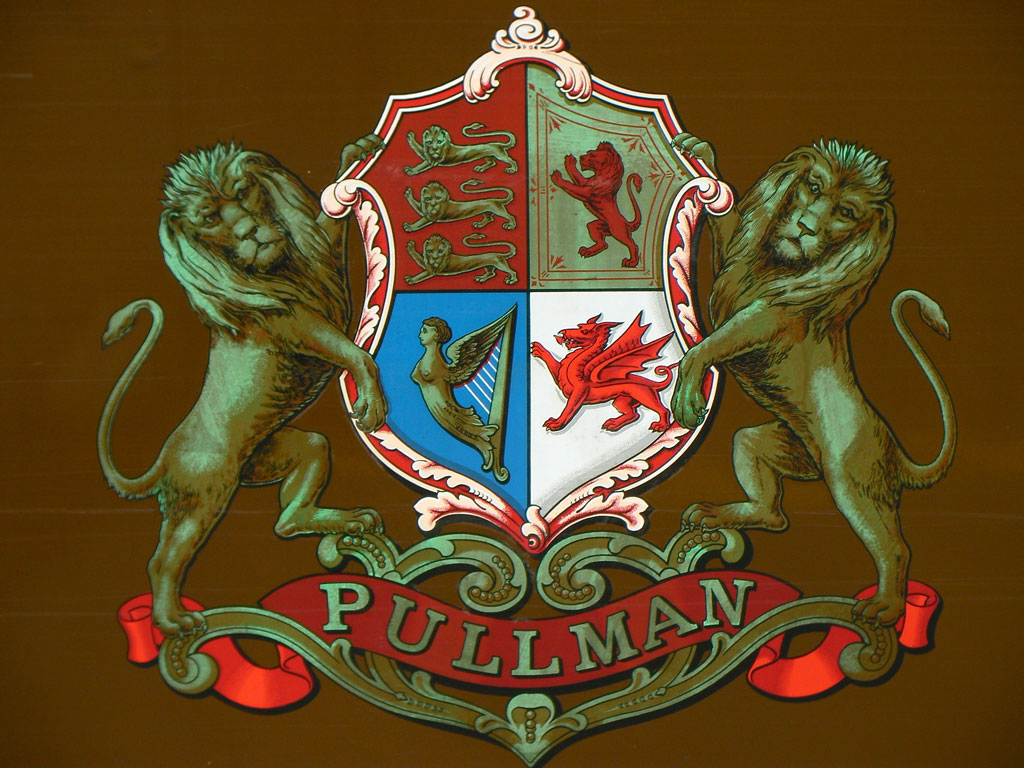
* This is the latest post in a weekly series, highlighting stories from my travel-writing archive. Subscribe to the RSS feed for more.
Father Cieron looks thoughtful. “I think everyone who comes to the Aran Islands is searching for something,” says the islands’ parish priest, standing amid the ruins of St Enda’s fifth century church at the eastern tip of Inis Mor.
The afternoon sun illuminates shards of light across the ancient, stone-carved altar.
“I come to this ancient seat of learning to feel Enda’s presence,” he says. “The atmosphere is almost tangible.”
The saints and pilgrims came to the three Aran Islands in search of early Christian spirituality.
Before them, the Celtic fort builders sought to channel ancestral wisdom through limestone-carved monoliths.
These days, some 250,000 visitors each year come in search of all-the illusive Irish craic. I’m searching too: a high-season escape from the crowds, theme pubs and fiddle-de-dee leprechauns of western Ireland.
The Aran Islands, “three stepping stones out of Europe” as described by the Irish poet Seamus Heaney, are thought of as the last bastion of traditional Irish culture.
“Ireland to the power of two,” says the historian and author of Stones of Aran: Labyrinth, Tim Robinson.
But has the unstoppable march of progress even reached the ends of the earth?
Inis Mor
Stepping off the boat at Inis Mor, the largest, most populated at some 800 people and most visited island, feels more like Saturday night in Dublin’s Temple Bar than uncovering a rural Shangri-La.
Pony and traps ferry day trippers round the island, while little shops peddle woollen knitwear and images of the 1934 film, Man of Aran.
I escape the brouhaha of the main drag, twisting down rural b-roads by bus towards Dun Aengus, the gloriously stark Unesco World Heritage site, situated atop dramatic cliffs on the quieter south side of the island.
I breathe in the Atlantic air while clambering over ancient stones, where Bronze Age communities once battled the elements to survive. Today only the colonies of guillemots and herring gulls keep a lonely watch.
From the ramparts, the next lights are Boston some 2,000 miles away.
That night the local pub has fresh oysters, savoured over pints of Guinness, and a traditional music session to serenade the visitor-heavy crowd.
The elegiac strains of Sean Nós, old Irish folk songs inspired by tales of seafaring men and the families they left behind, carry me to my bed, while Paddy and Locko strum guitars and bouzoukis into the night.
Inis Oirr
I can see from the air why Inis Oirr was chosen as Craggy Island, the setting for the TV comedy series, Father Ted.
The 10-minute flight by propeller plane from Inis Mor’s tiny airfield swoops over dolls-house homes, standing at right angles to the verdant-emerald landscape demarcated by raggedy-stone walls.
It still hosts some events for the annual Tedfest and ecumenical tours [pictured above] of the TV locations are a year-round attraction.
They stop at the wreck of the SS Plessay, which features in the opening credits. The ship ran aground in March 1960, en route from Limerick to Galway, and has become a symbol of community strength.
Twisted and rusting, her hull gouged open by rock and her mast askew, she radiates the quiet pride of the islanders, who saved her crew from certain death.
The island, home to some 250 residents and known for its younger, growing population, feels more relaxed with its sandy beach and a clutch of bright cafes, all grouped around a harbour littered with lobster pots and traditional currachs, or fishing boats.
Across the island at the Aras Eanna Arts and Cultural Centre, the erstwhile weaving factory saved by the community, I find a local cooperative helping to keep the traditional artisan crafts of the islands alive.
Brothers Máirtín and Tomás Taimín are busy making baskets from local, gold-hued willow, while Mairead Vi Fhlatharta knits woolly hats and scarves in a higgledy-piggledy workshop.
“The crafts were traditionally passed down from mother to daughter,” says Mairead over tea and scones in the centre’s cosy café.
“But with island life changing and traditions dying out, we had to act to save them.”
Inis Meain
While Inis Oirr is a more family-friendly escape, Inis Meain, the least visited, most sparsely populated (180 residents) and most reserved of the islands, is the places to explore the local culture at its most raw and visceral.
Of the three islands, this is where you are most likely to hear Gaelic spoken and see villagers wearing their traditional tweed-knit clothes to mass.
I arrive off the wave-battering ferry to find, somewhat incongruously, it’s also home to the smartest new opening on the islands, the Inis Meain Restaurant & Suites.
With its crashed-landed UFO design and imaginative menu of locally-source food, it’s a far cry from the island’s traditional houses that lacked running water and electricity until just a generation ago.
“I like the simplicity of the place. It’s stunningly beautiful even on a stormy day in winter,” says Cork-raised Marie-Thérèse De Blacam, who runs the business with husband-chef Ruairi.
“But it’s not the most user-friendly island. You have to invest time to absorb the place.”
A short walk along near-deserted country lanes brings me to the cottage that once belonged to the author John Millington Synge, who drew on the old folk tales and observations of daily life for his 1907 novel, The Aran Islands.
People are still drawn to Ines Meain today by his tantalising glimpse of Mother Ireland, and the cottage is now a small museum to his work.
At the home of another writer, the octogenarian Irish-language poet, Dara Beag, I sit in the parlour, a sideboard of old photos and fork-scratched plates behind me.
Dara’s words have been shaped by the landscape of the islands and he pledges to never leave their soil. “The saints still mark this place. Everything on Aran is a miracle,” he says.
On the last day, I follow the cliff path around the west coast of the island to Synge’s Chair, the old watch point for smugglers, where the writer sought eureka moments of inspiration.
I’ve come to ponder too: the slightly impenetrable beauty of the islands, the proud reserve of the people and the traditional culture seeping away with the ebb and flow of tides and generations.
I sit among the saltwater-yellowed rocks, one contemplative eye on Inis Mor and the other on Galway Bay. Stone cairns surround me like a worshipful congregation and sea spray tickles the toes of the cliffs beneath.
People still come to the Aran Islands in search of something but, for me, the landscape offers the space to look within for answers.
The islands are a place to come and just be. Not to say you’ve been there, done that, and bought the sweater.
* This story was first published in Coast magazine in 2010.
Liked this? Try also, A cultural tour from Belfast to Derry.
Your view? Post your comments below.




